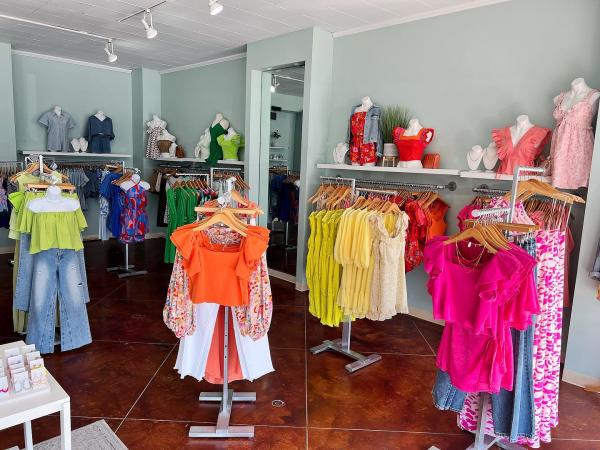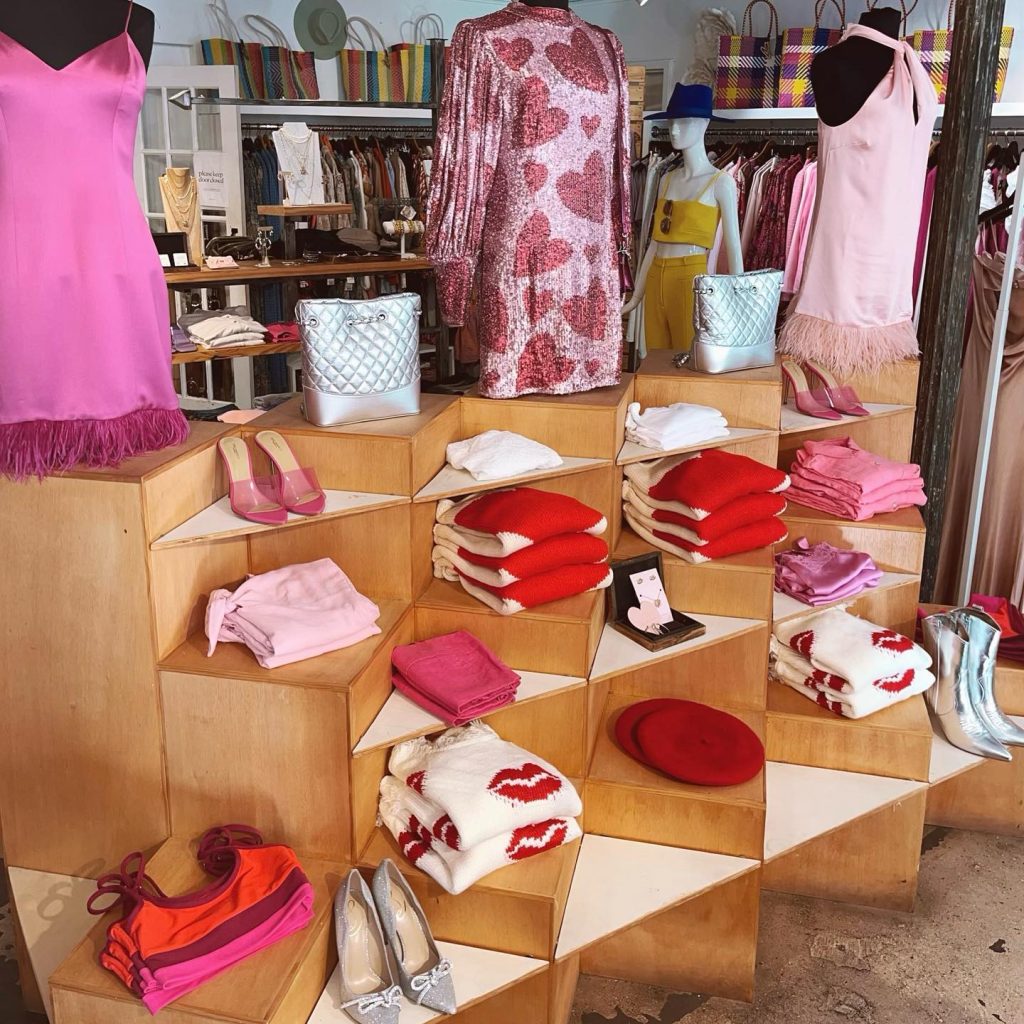Checking Out the Advancement and Influence of Garments on Modern Style Trends
The advancement of garments has actually significantly affected modern-day style fads, combining historic precedents with sophisticated advancements. Iconic numbers like Coco Chanel and Yves Saint Laurent transformed the fashion sector by introducing ideas that prioritize comfort and access, which proceed to resonate today.
Historical Style Influencers
In the tapestry of fashion history, particular numbers have actually left an indelible mark, forming the fads and styles that define whole eras. Coco Chanel, a revolutionary developer, redefined ladies's fashion by presenting comfy, sophisticated clothing that departed from restrictive bodices. Her legendary Chanel suit and little black gown have ended up being timeless staples in closets worldwide. In A Similar Way, Christian Dior's post-war "Makeover" in 1947, with its party of femininity through complete skirts and cinched midsections, noted a return to opulence and has actually remained to influence developers.
Elsa Schiaparelli is an additional pivotal number, renowned for her avant-garde styles that included surrealist art, teaming up with Salvador Dalí to develop whimsical pieces that challenged conventional visual appeals. Her ingenious use color and strong patterns reverberates in contemporary style. Yves Saint Laurent, at the same time, equalized haute couture with prêt-à-porter collections, bringing runway designs to the masses and establishing a criterion for contemporary ready-to-wear lines.
These visionaries, among others, not only revolutionized fashion in their times yet also established withstanding patterns that reverberate in today's fashion industry, providing a structure whereupon modern-day designers proceed to develop and introduce. Their heritages underscore the value of creative thinking and bold in fashion's ever-evolving narrative.
Technical Advancements in vogue
Amidst the vibrant landscape of the apparel industry, technical advancements stand at the leading edge of technology, improving exactly how designers create and customers involve with style. The assimilation of 3D printing has revolutionized layout procedures, enabling designers to experiment with complex structures and sustainable products that were formerly impossible. This technology assists in fast prototyping, lowering waste and quickening manufacturing times.

Smart fabrics, installing technology into textiles, are likewise changing the market. Technologies like self-cleaning and temperature-regulating materials supply enhanced functionality and comfort. Wearable technology, including features like physical fitness monitoring and communication, adds a brand-new dimension to style, merging appearances with usefulness.
Cultural Changes and Style
As technological innovations proceed to improve the garment industry, social changes are similarly prominent, redefining style and customer choices. In current years, the surge of social media sites platforms has accelerated the circulation of international fashion trends, permitting varied cultural influences to exist side-by-side and assemble. This electronic interconnectivity has helped with the rapid exchange of concepts, leading to a more diverse and comprehensive interpretation of design that reflects the diverse nature of modern-day society.
Cultural understanding and gratitude have actually prompted designers to draw motivation from a more comprehensive range of historical and ethnic contexts, integrating standard concepts with contemporary appearances. This combination has actually resulted in fashion that resonates with a bigger target market, promoting a feeling of identity and belonging throughout various demographics. Furthermore, the enhancing need for customization has driven brand names to offer customizable alternatives, enabling consumers to express individuality while showing their social heritage.
In addition, changing social worths have actually impacted style, with inclusivity and diversity ending up being central themes. The market has actually started to welcome models and influencers of different type of body, ethnic cultures, and sex identities, difficult conventional beauty criteria. This transformation underscores the power of social changes in forming the future of style, as style comes click to read to be an extra authentic expression of cumulative and individual identification.
Sustainability and Modern Layout
While the apparel industry remains to develop, the necessary for sustainability has ended up being progressively immediate, affecting modern style techniques. This shift intends to resolve environmental problems and honest considerations, resulting in a reevaluation of conventional production approaches. Developers are now incorporating lasting materials, such as organic cotton, recycled polyester, and eco-friendly materials, into their description collections, reducing the ecological impact of style. The increase of sluggish style, which stresses quality over quantity, motivates consumers to buy classic pieces as opposed to transient patterns.
Furthermore, modern style is characterized by its advancement in reducing waste and advertising circularity. Strategies such as zero-waste pattern cutting and 3D knitting are gaining grip, enabling designers to create garments with minimal material wastage. Furthermore, brand names are embracing transparent supply chains, making sure accountability and fostering consumer trust fund. This technique not just reduces ecological impact yet likewise improves the social responsibility of style houses.

Future Trends in vogue

Sustainability will remain to be a driving pressure in forming future fashion fads. The market is significantly taking on environment-friendly products and honest manufacturing techniques, useful link replying to an expanding customer demand for accountable techniques. Technologies such as bio-fabricated products and closed-loop recycling systems are readied to redefine how garments is produced and eaten, reducing environmental influence while keeping style and quality.
Cultural shifts, including the rise of inclusivity and variety, will certainly additionally play a pivotal duty. As society ends up being more knowledgeable about social problems, fashion is anticipated to come to be a system for expression and modification. Designers will likely focus on developing collections that mirror a wider series of identifications and experiences, championing depiction and ease of access.
Conclusion
The development of clothing substantially impacts contemporary style patterns, where historic influences merge with contemporary designs. This recurring advancement underscores fashion's duty as a mirror to societal values and technical innovation, recommending a future rich with innovation and inclusivity.
The evolution of apparel has actually considerably affected modern-day style trends, merging historical criteria with advanced technologies.Among the dynamic landscape of the style market, technical advancements stand at the center of technology, reshaping how developers create and consumers involve with fashion.While the fashion industry proceeds to develop, the necessary for sustainability has become significantly urgent, influencing modern-day layout techniques. As sustainability comes to be embedded in modern layout, it leads the method for an extra mindful and accountable fashion industry.
The advancement of apparel considerably impacts modern-day style trends, where historical influences merge with contemporary designs.